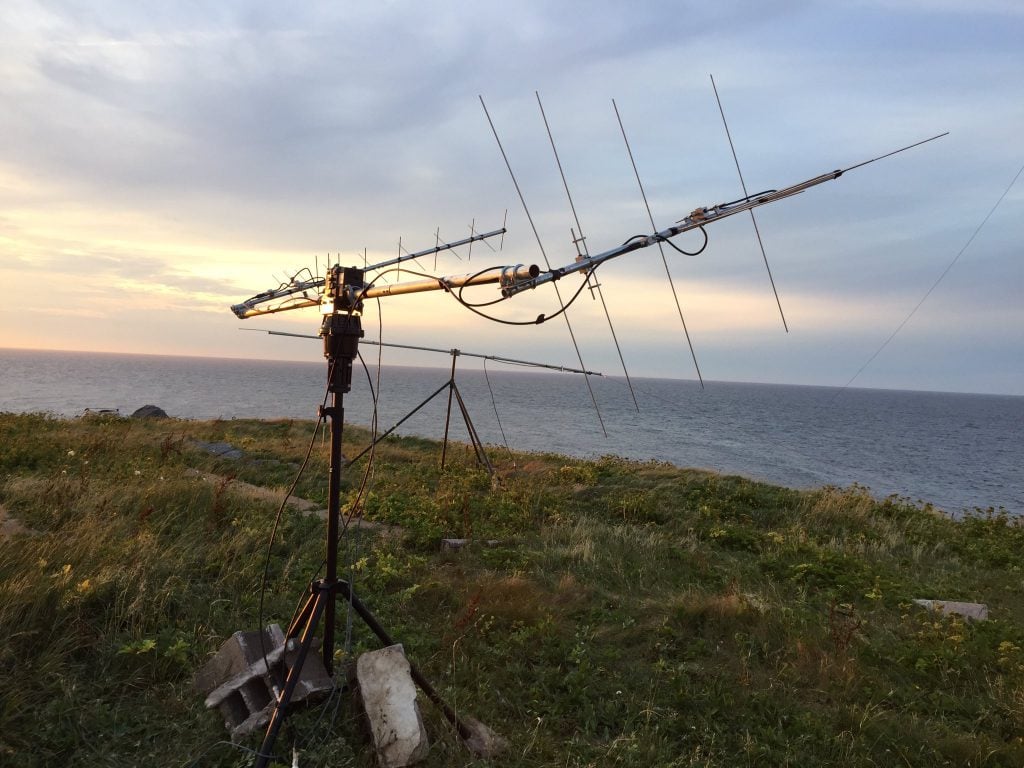** Booking your Carnival Cruise does not register you for the AMSAT
Symposium **
There is a charge for each Symposium attendee of $40. This fee
applies to those who will attend the technical presentations only and includes a copy of the printed Proceedings.Additional guests are entitled to attend all other events. The registration form is available from the AMSAT office or store website.
Online Symposium registration:
http://store.amsat.org/
** Ground transportation options have been added to the FAQ page on
the AMSAT Symposium web page**
Carnival offers round-trip. Transportation from HOU airport to the cruise terminal at approximately $74 per person, IAH airport $94 per person. If you are traveling to the Board of Directors meeting, you may still utilize the Carnival transportation option for your return
to the airport from the cruise terminal. However, you will need to obtain other transportation between the airport and the Galveston DoubleTree hotel.
Cruise information may be found at:
http://www.amsat.org/?page_id=


